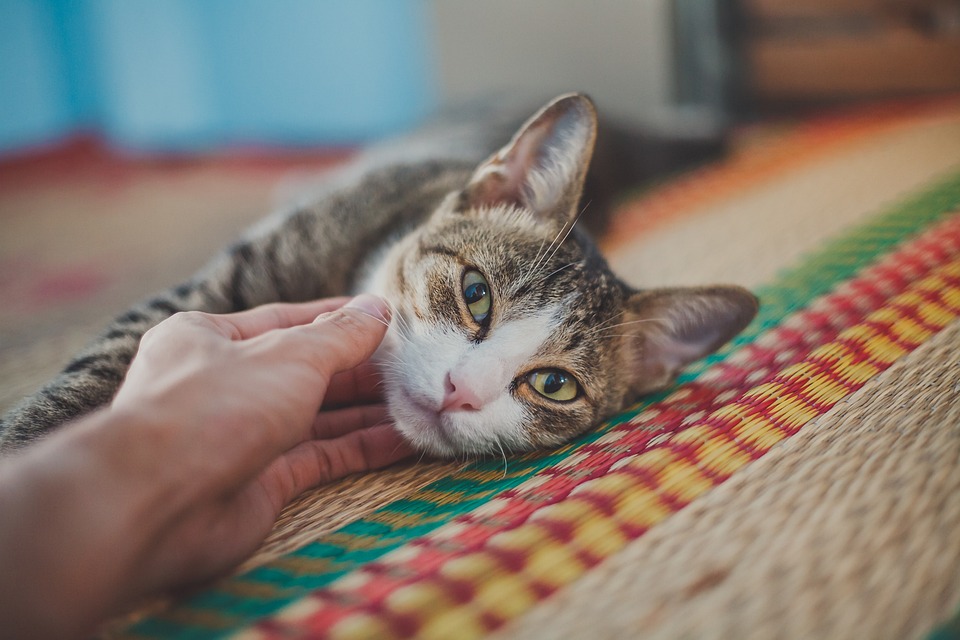**Introducing a New Cat to the Household: A Guide for a Smooth Transition**
Creating a Happy and Harmonious Home for Your New Feline Companion
Introducing a new cat to your household can be an exciting and rewarding experience. However, it’s important to approach this process with care and consideration to ensure a smooth transition for both your new cat and any existing pets. In this article, we will provide you with valuable insights and expert tips on how to introduce a new cat into your home, while also addressing some commonly asked questions. So let’s dive in!
I. Preparing for the Arrival of Your New Cat
Before bringing your new cat home, it’s essential to make a few necessary preparations to ensure a comfortable and stress-free environment. Here are some key steps to take:
1. Create a Safe Space: Designate a quiet and secure area in your home where your new cat can initially settle in without feeling overwhelmed. Equip this space with essential items like a litter box, food and water bowls, bedding, toys, and scratching posts.
2. Cat-Proof Your Home: Conduct a thorough check of your living space to eliminate any potential hazards or escape routes. Secure loose cords, toxic plants, and small objects that could pose a danger to your curious feline friend.
3. Stock Up on Supplies: Gather all the necessary supplies your new cat will need, including high-quality cat food, treats, a litter box, litter, grooming tools, and a carrier for transportation.
II. The Introduction Process
Once you’ve prepared your home, it’s time to introduce your new cat to the household. Follow these steps to help facilitate a smooth and stress-free introduction:
1. Take it Slow: Gradually introduce your new cat to its designated safe space, allowing them time to explore and adjust at their own pace. Keep the door closed initially to prevent any confrontations with existing pets.
2. Scent Exchange: Familiarize your new cat with the scents of your home and existing pets by swapping bedding or using a soft cloth to gently rub against one cat and then the other. This technique helps them get acquainted with each other’s scent before face-to-face meetings.
3. Supervised Visual Introduction: Once your new cat appears comfortable in their safe space, begin supervised visual introductions. Use a baby gate or a cracked door to allow visual interaction while maintaining a physical barrier. Monitor their reactions closely to gauge their comfort levels.
4. Gradual Face-to-Face Meetings: When both cats show signs of curiosity and calmness during visual introductions, it’s time to proceed with face-to-face meetings. Keep these interactions short, positive, and well-supervised, gradually increasing their duration over time.
5. Reward Positive Interactions: Praise and reward both cats for positive behavior during interactions, such as sniffing, playing together, or displaying calmness. This positive reinforcement helps establish positive associations and reduces potential conflicts.
FAQs (Frequently Asked Questions)
Q1. How long does it typically take for cats to adjust to each other?
A: The adjustment period can vary depending on the cats involved. It may take anywhere from a few weeks to a few months for cats to establish a harmonious relationship. Patience and consistency are key during this process.
Q2. What should I do if the cats don’t get along?
A: If conflicts arise, it’s crucial not to force interactions and give them more time to adjust. Consider seeking advice from a veterinarian or an animal behaviorist who can provide professional guidance tailored to your specific situation.
Q3. Should I separate the cats when I’m not home?
A: It’s advisable to separate the cats when you’re not home until they have established a positive relationship. This prevents potential conflicts and ensures the safety and well-being of both cats.
Q4. Can I introduce a new cat to a household with other pets, such as dogs?
A: Yes, it’s possible to introduce a new cat to a household with dogs or other pets. However, it’s important to supervise their interactions closely, follow a gradual introduction process, and ensure the safety and comfort of all animals involved.
By following these guidelines and remaining patient, you can help your new cat and existing pets build a strong and harmonious bond. Remember, each cat is unique, and the adjustment period may vary. With proper care, attention, and positive reinforcement, you’ll create a loving and peaceful home for all your feline companions.








